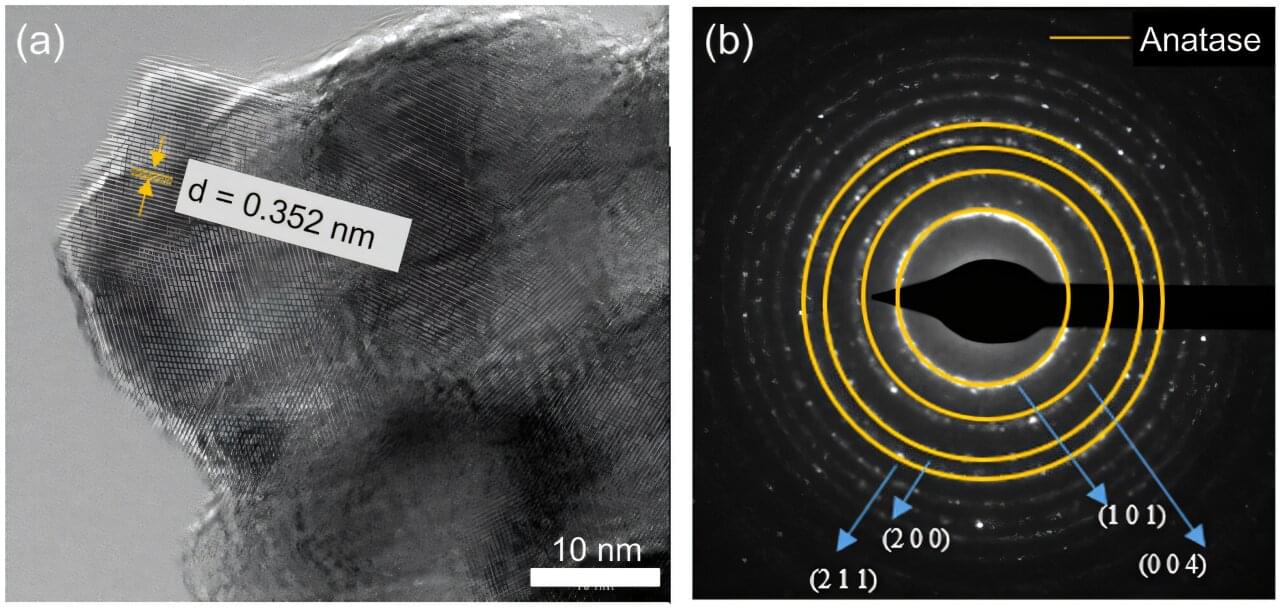These limits have kept solar tech stuck on rooftops and in fields. But a new type of cell, almost invisible to the eye, may soon change that. Transparent solar cells could turn windows, cars, and even skin into energy-harvesting surfaces.
Unlike the old models, these next-gen cells don’t clash with their surroundings. They blend in while still capturing sunlight. Some are so clear they reach up to 79% transparency. On average, most hover above 70%, allowing them to function without being noticed.
A major reason for this leap forward lies in materials only a few atoms thick. Known as 2D materials, they’re helping reshape what solar panels can do. One group, called transition metal dichalcogenides, absorbs light well and has band gaps that can be tuned.







